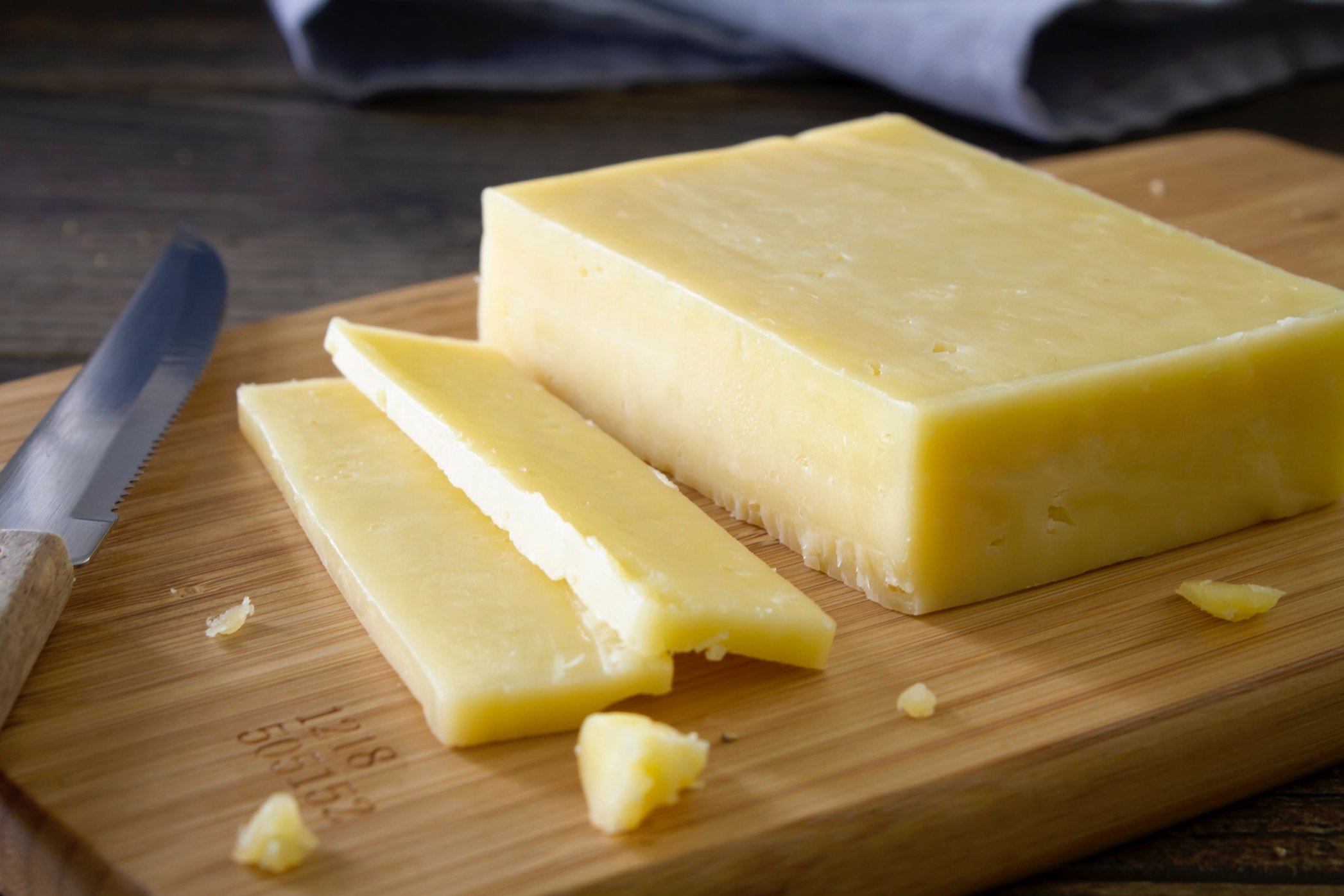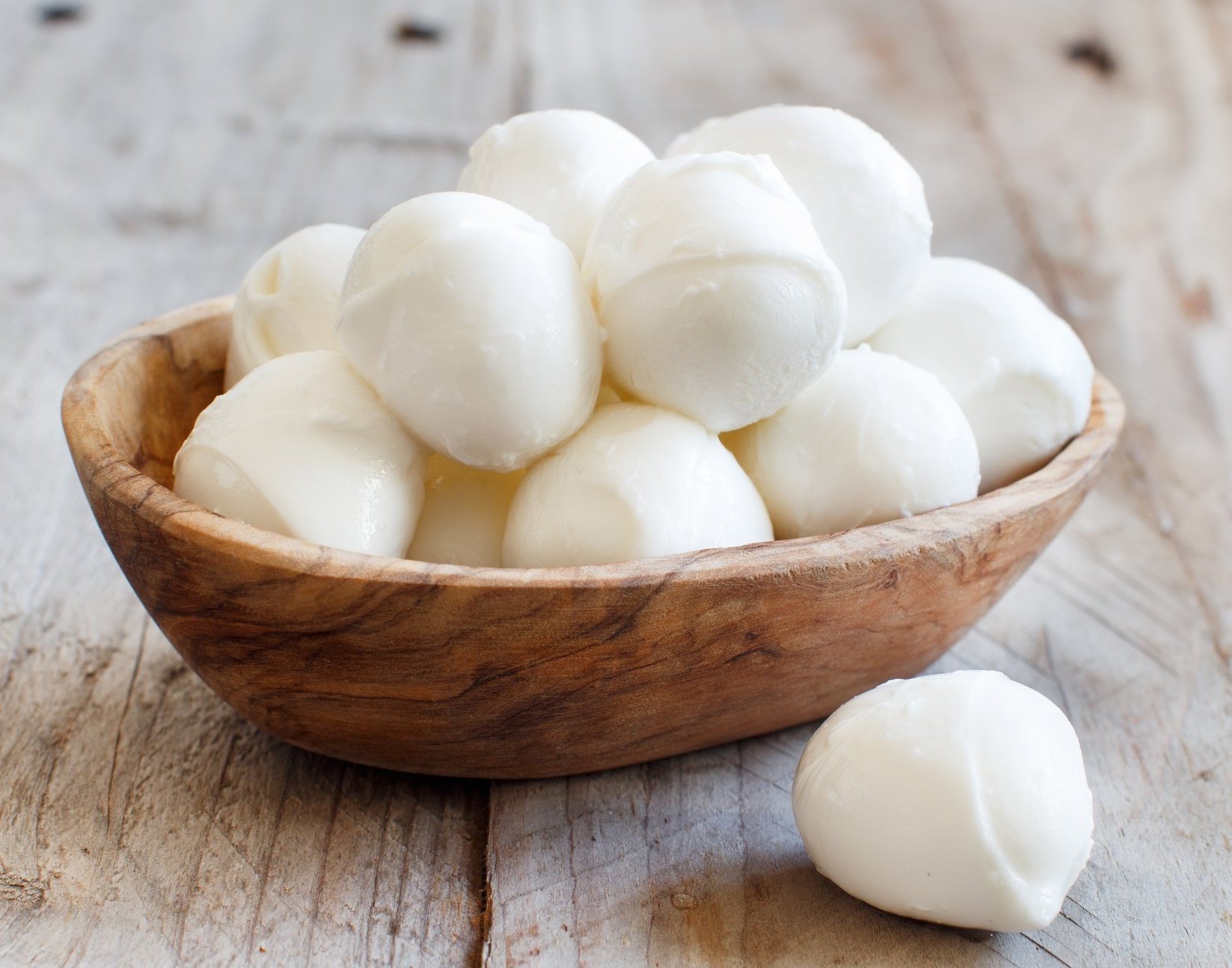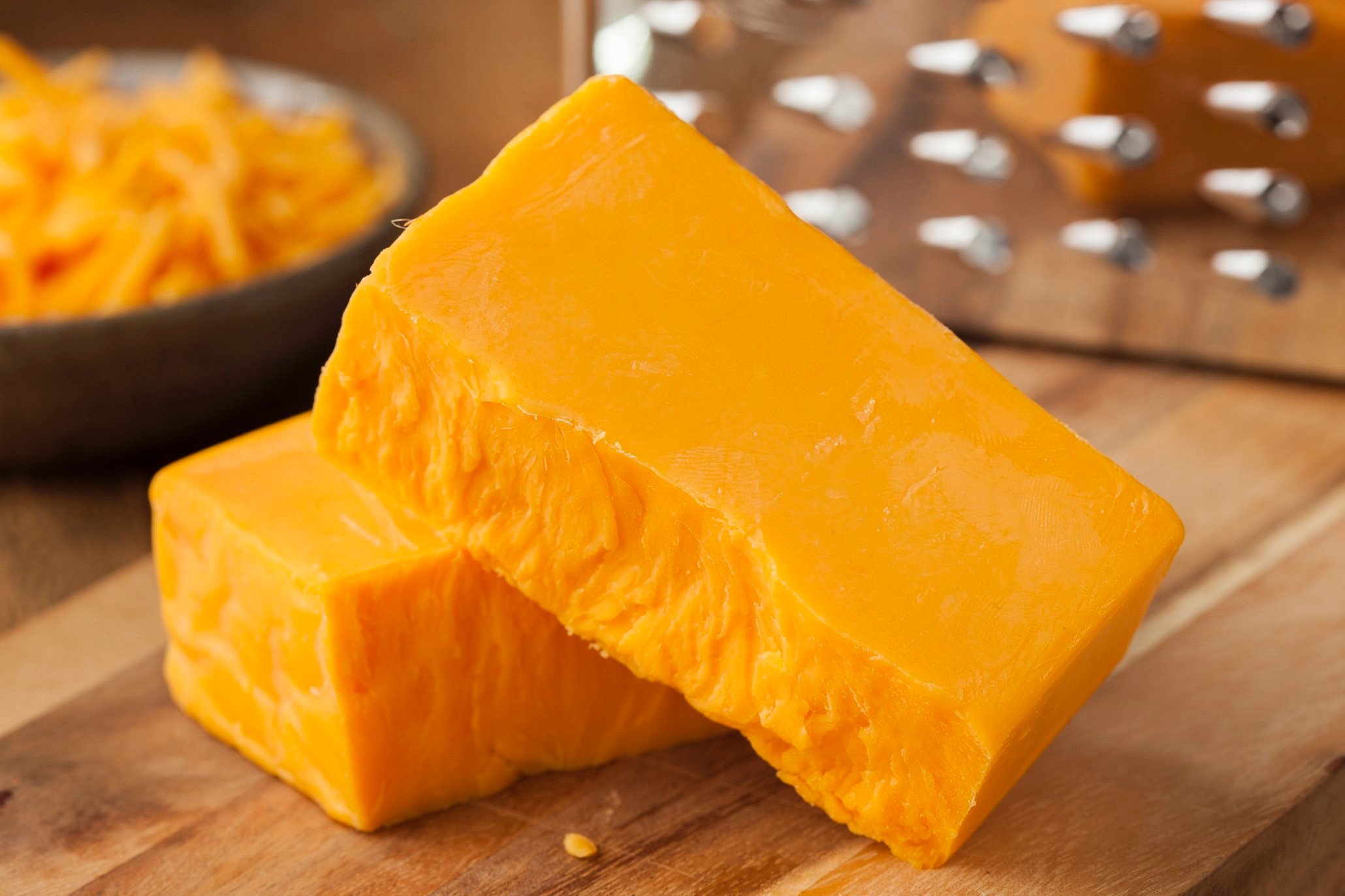 Image 1 of
Image 1 of


Muenster Cheese Starter Culture
Muenster is a semi-soft cheese created in the United States, and it has quite a fascinating history. It is widely believed to be an imitation of the traditional Munster cheese, a distinctive washed-rind cheese that hails from the picturesque region of Munster in Haut-Rhin, Alsace. This cheese became particularly familiar to German immigrants as they settled in the New World. Interestingly, its name is actually not related to the charming German cities of Münster in Westphalia or Munster in Lower Saxony, nor does it have any connection to the beautiful Irish province of Munster.
Muenster cheese features a pale, creamy color and smooth texture, with a distinctive orange rind. Made from pasteurized cow's milk, it offers a fresh flavor. The orange rind derives from annatto, adding visual appeal and subtle richness. Muenster is typically mild and melts beautifully but can develop a stronger flavor and pungent aroma when aged. It's great as an appetizer and enhances dishes like grilled cheese, tuna melts, quesadillas, burgers, macaroni and cheese, and pizza.
Muenster is a semi-soft cheese created in the United States, and it has quite a fascinating history. It is widely believed to be an imitation of the traditional Munster cheese, a distinctive washed-rind cheese that hails from the picturesque region of Munster in Haut-Rhin, Alsace. This cheese became particularly familiar to German immigrants as they settled in the New World. Interestingly, its name is actually not related to the charming German cities of Münster in Westphalia or Munster in Lower Saxony, nor does it have any connection to the beautiful Irish province of Munster.
Muenster cheese features a pale, creamy color and smooth texture, with a distinctive orange rind. Made from pasteurized cow's milk, it offers a fresh flavor. The orange rind derives from annatto, adding visual appeal and subtle richness. Muenster is typically mild and melts beautifully but can develop a stronger flavor and pungent aroma when aged. It's great as an appetizer and enhances dishes like grilled cheese, tuna melts, quesadillas, burgers, macaroni and cheese, and pizza.
Muenster is a semi-soft cheese created in the United States, and it has quite a fascinating history. It is widely believed to be an imitation of the traditional Munster cheese, a distinctive washed-rind cheese that hails from the picturesque region of Munster in Haut-Rhin, Alsace. This cheese became particularly familiar to German immigrants as they settled in the New World. Interestingly, its name is actually not related to the charming German cities of Münster in Westphalia or Munster in Lower Saxony, nor does it have any connection to the beautiful Irish province of Munster.
Muenster cheese features a pale, creamy color and smooth texture, with a distinctive orange rind. Made from pasteurized cow's milk, it offers a fresh flavor. The orange rind derives from annatto, adding visual appeal and subtle richness. Muenster is typically mild and melts beautifully but can develop a stronger flavor and pungent aroma when aged. It's great as an appetizer and enhances dishes like grilled cheese, tuna melts, quesadillas, burgers, macaroni and cheese, and pizza.
Directions: To get the best results, use approximately 1/4 teaspoon of the starter culture for every 1-2 gallons of milk, or if you're feeling ambitious, go for 1/2 teaspoon for 3-5 gallons of milk. When the recipe instructs you to add the culture, sprinkle it directly on top of the milk. Allow it a moment to rehydrate for about 1-2 minutes, which helps activate those fantastic probiotic powers, and then mix it all up thoroughly to ensure the culture is evenly distributed throughout the milk for maximum effectiveness!
DETAILS
100% Organic Dairy with Active Cultures
Our cheese cultures are carefully fermented with the highest quality organic dairy, ensuring that our probiotic products are not only delicious but also packed with the beneficial bacteria your body needs for overall wellness.
Approximately 1/2 teaspoon of our premium Muenster culture. This is enough to culture 3-5 gallons of milk.
This cheese culture may include the following bacterial strains: Streptococcus salivarius subsp. thermophilus, Lactococcus lactis subsp. cremoris, Lactococcus lactis subsp. lactis
Ships dehydrated and does not include jars and other props.
This cheese culture is made in a facility that also processes wheat, dairy and other possible allergens.
To minimize environmental impact and promote sustainability, we provide clear and straightforward activation instructions on our website, ensuring ease of access for all customers.
Disclaimer: It is important to consult your doctor or healthcare professional before making any significant changes to your diet or lifestyle. This includes adding new food items, supplements, or probiotics. Your doctor can provide personalized advice based on your individual health needs and medical history.





